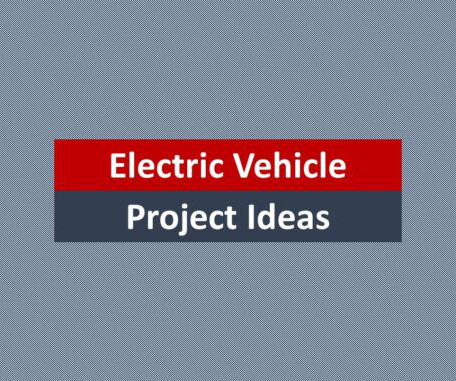ICCT LCA study finds only battery and hydrogen fuel-cell EVs have potential to be very low-GHG passenger vehicle pathways
Green Car Congress
JULY 21, 2021
This is especially important for assessing the GHG emissions of PHEVs. Natural gas does not offer climate benefits compared to gasoline and diesel, and many biofuel pathways do not, either. For battery EVs, the GHG emissions for “fuel/electricity” production are dominated by the coal and natural gas used in electricity generation.


















Let's personalize your content